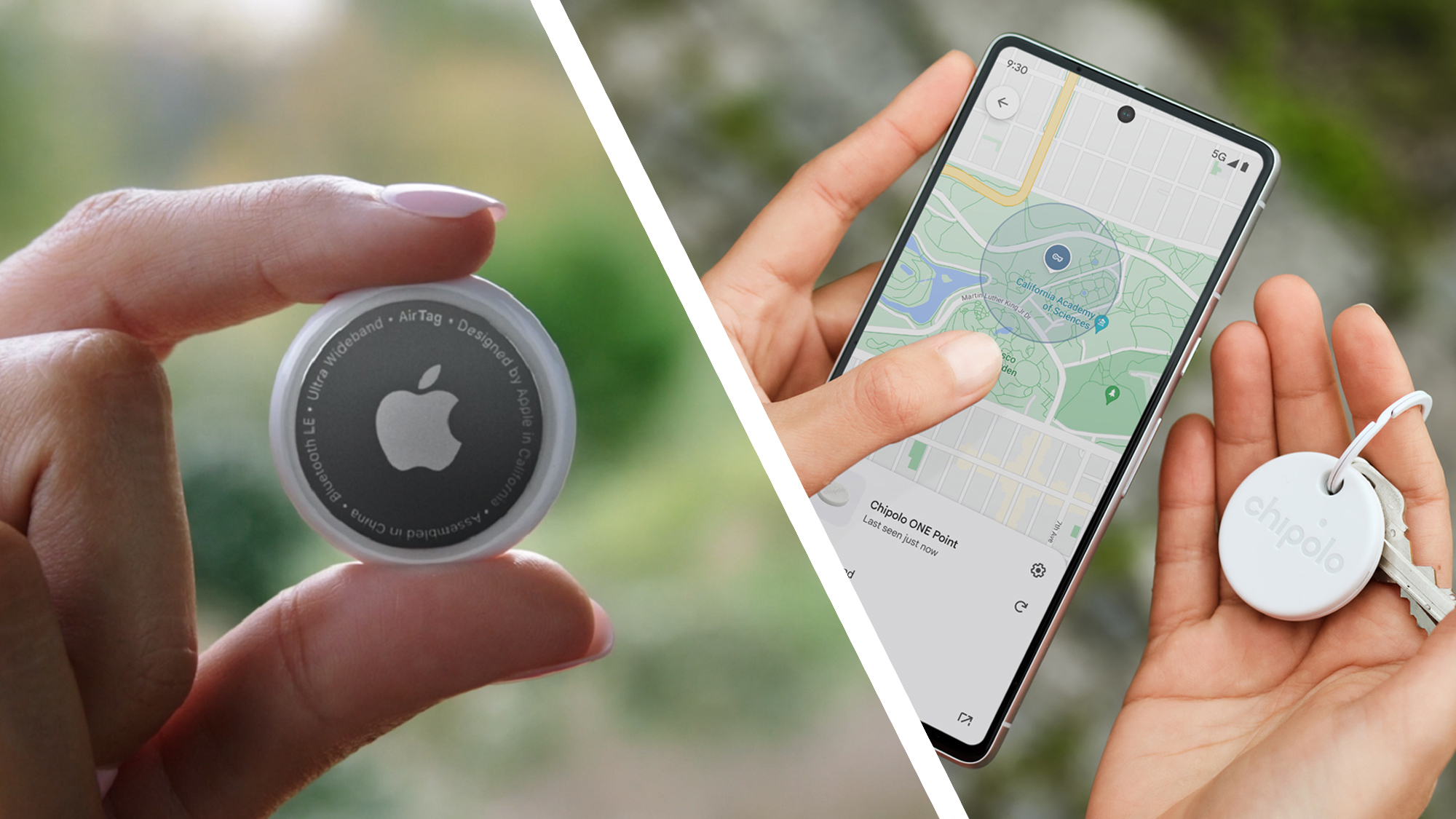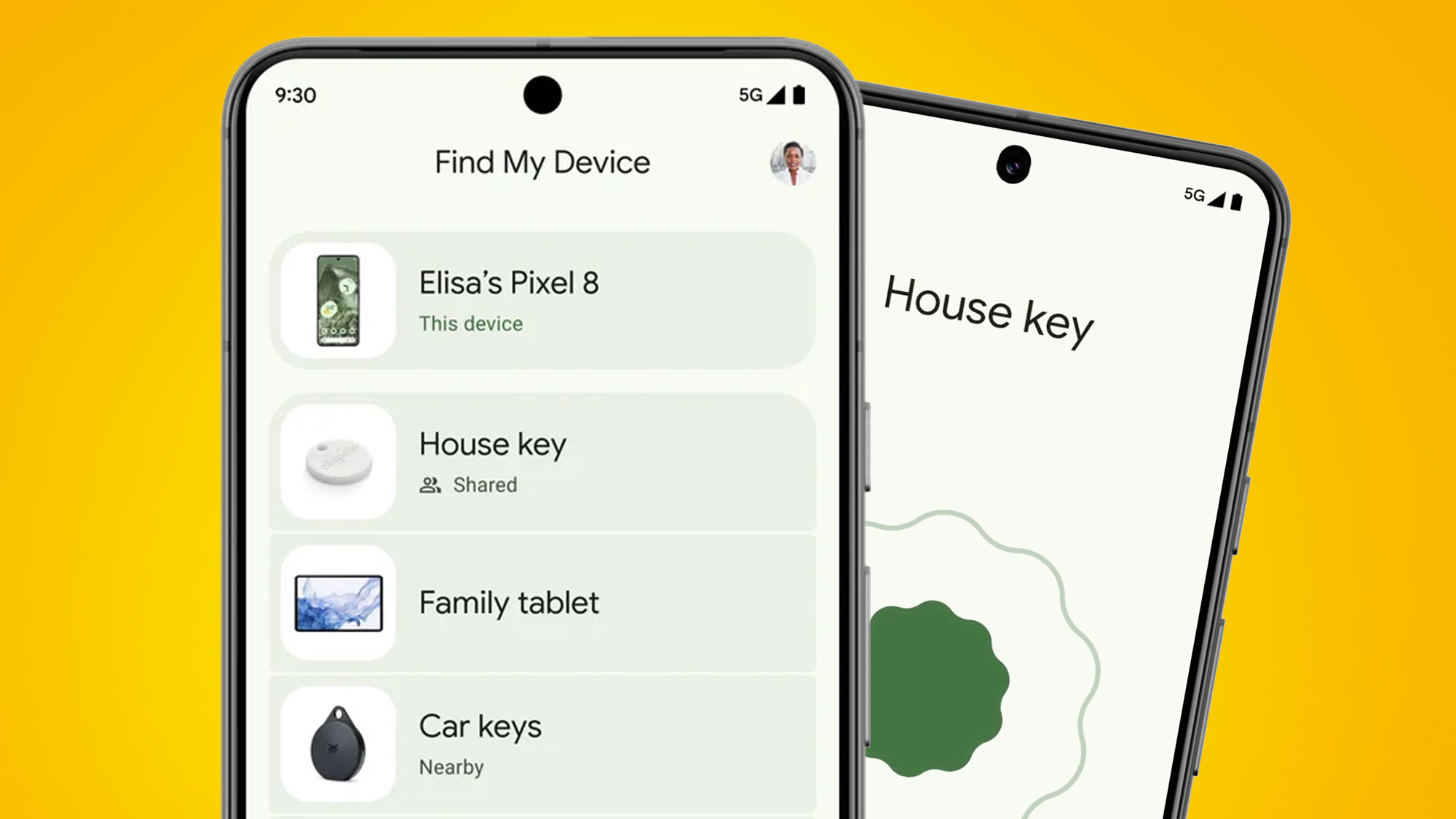AirTags were pitched against Google's Find My Device trackers in a mailbox challenge – these were the results
Google's tracking network isn't quite at Apple's level, it seems

If you've been wondering how Android's new Find My Device trackers compare to Apple's AirTags, an unofficial but revealing comparison just gave us a handy snapshot of how they might compare in the real world.
In a Reddit thread posted by u/chiselplow (via 9to5Google), a Pebblebee tracker for Google's Find My Device network and an AirTag were both put into a mailbox and posted to another state to see how they fared.
The tracking results, while far from conclusive due to it being a one-off test, suggest that it's still early days for Google's new Find My Device network (which was updated in May) compared to Apple's more established Find My equivalent (which landed in 2019).
The trackers on both networks work by using an anonymous, crowdsourced network of nearby smartphones – Android phones for Find My Device, iPhones for Apple's Find My – to find their location. However, when the Pebblebee and AirTag were collected by the postal worker in this particular side-by-side test, there was a marked difference in their tracking.
According to u/chiselplow, while the AirTag continuously updated its location throughout the day, it took 11 hours for the Pebblebee tracker to ping its new location. Unfortunately, the next day, the Find My Device tracker lost its new location at a sorting center and defaulted to showing its previous location at the sender's home. This is not particularly useful.
This continued until the parcel reached its destination and was returned to the sender. Other issues with the Find My Device tracker included a lack of detail in the app's maps (compared to the satellite mode with Apple's Map for AirTags) and the complete absence of the Pebblebee tracker in the web browser version of Google's tracking network.
While no big conclusions can be drawn a one-off test, particularly as it was conducted in the US where iPhones are dominant, it is fair to say that it's still early days for the Find My Device network – with Google admitting in June that it was “actively working to roll out enhancements” to some early teething problems.
Get daily insight, inspiration and deals in your inbox
Sign up for breaking news, reviews, opinion, top tech deals, and more.
Some of those issues are arguably related to Google's chosen default settings for its Find My Device network. While Android phones will automatically participate in the network, its default setting is "high-traffic areas only." Google's advice to improve the experience with third-party trackers like Pebblebee was to switch the setting to "all areas" in order to "improve the network’s ability to find their lost items in lower-traffic areas.”
Time to find itself

Google clearly wants its Find My Device network to rival and ultimately surpass Apple's Find My equivalent for AirTags, but this experiment highlights that there's still work to be done.
That's understandable, given Google's new network launched less than two months ago. But there is clearly room for improvement on the implementation side, despite the fact that devices going all the way back to Android 9 are compatible with the network.
That gives Find My Device, as Google claimed at its launch, a "crowdsourced network of over a billion Android devices," which on paper could ultimately make it more powerful than Apple's Find My.
Right now, though, it's missing features like support for UWB (ultra-wideband), which helps to power the handy 'Precision Finding' finding feature on AirTags. And rollout for Find My Device is still in progress, which means that trackers like those from Pebblebee and Chipolo may not quite be at AirTags-level yet.
One other feature we've been hoping for is a Google AirTags equivalent that are made by the tech giant itself – which was something that was rumored before the network launched. Hopefully, we'll hear about that and an update on the Find My Device rollout at the Pixel 9 event that's taking place on August 13.
You might also like...

Mark is TechRadar's Senior news editor. Having worked in tech journalism for a ludicrous 17 years, Mark is now attempting to break the world record for the number of camera bags hoarded by one person. He was previously Cameras Editor at both TechRadar and Trusted Reviews, Acting editor on Stuff.tv, as well as Features editor and Reviews editor on Stuff magazine. As a freelancer, he's contributed to titles including The Sunday Times, FourFourTwo and Arena. And in a former life, he also won The Daily Telegraph's Young Sportswriter of the Year. But that was before he discovered the strange joys of getting up at 4am for a photo shoot in London's Square Mile.